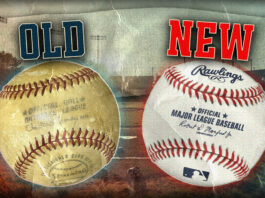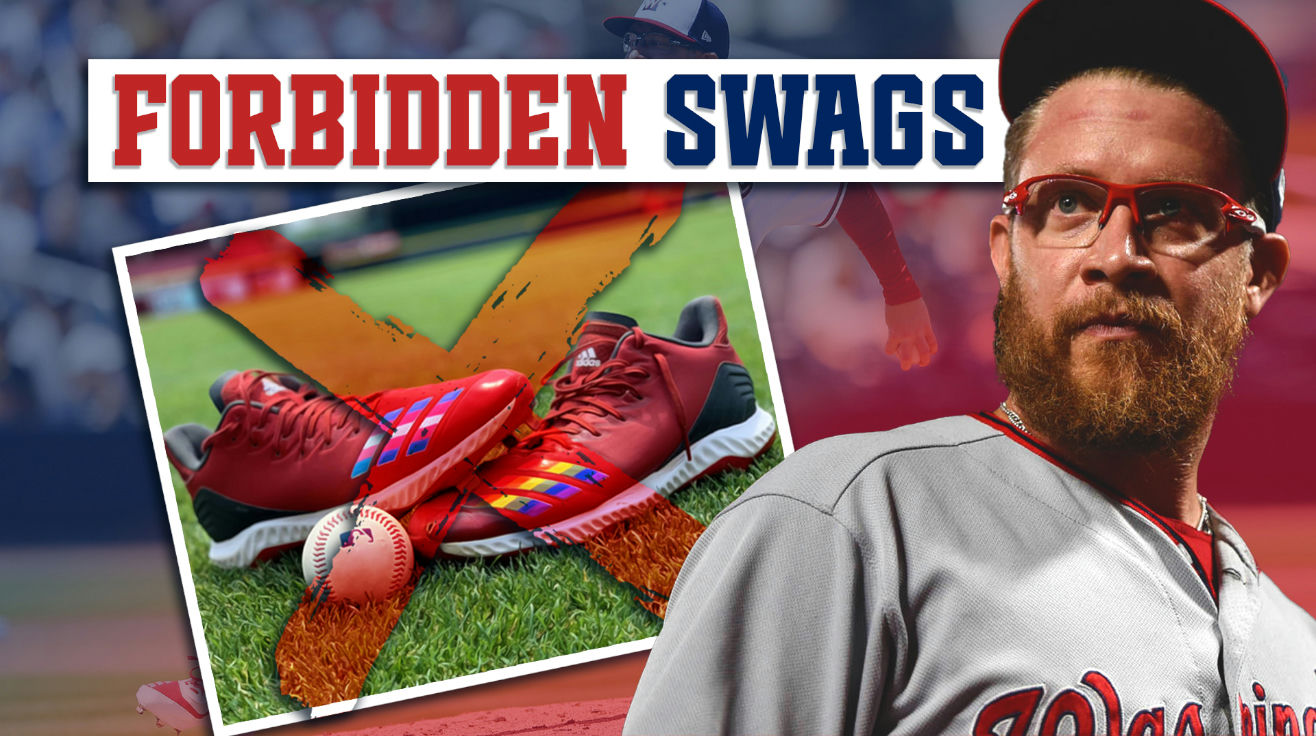
Major League Baseball maintains rigorous guidelines on uniforms and equipment. These rules often clash with players’ personal styles and forms of expression. Think of MLB as that one friend who insists everyone dress identically for the group photo—visual harmony trumps individual flair.
MLB’s uniform rules date back to 1882 when the National League first mandated matching uniforms. The modern code tightened after MLB signed major apparel deals in the early 2000s. These agreements turned players into walking billboards for brand consistency.
7. Brett Gardner’s Non-Compliant Shoes (2014)
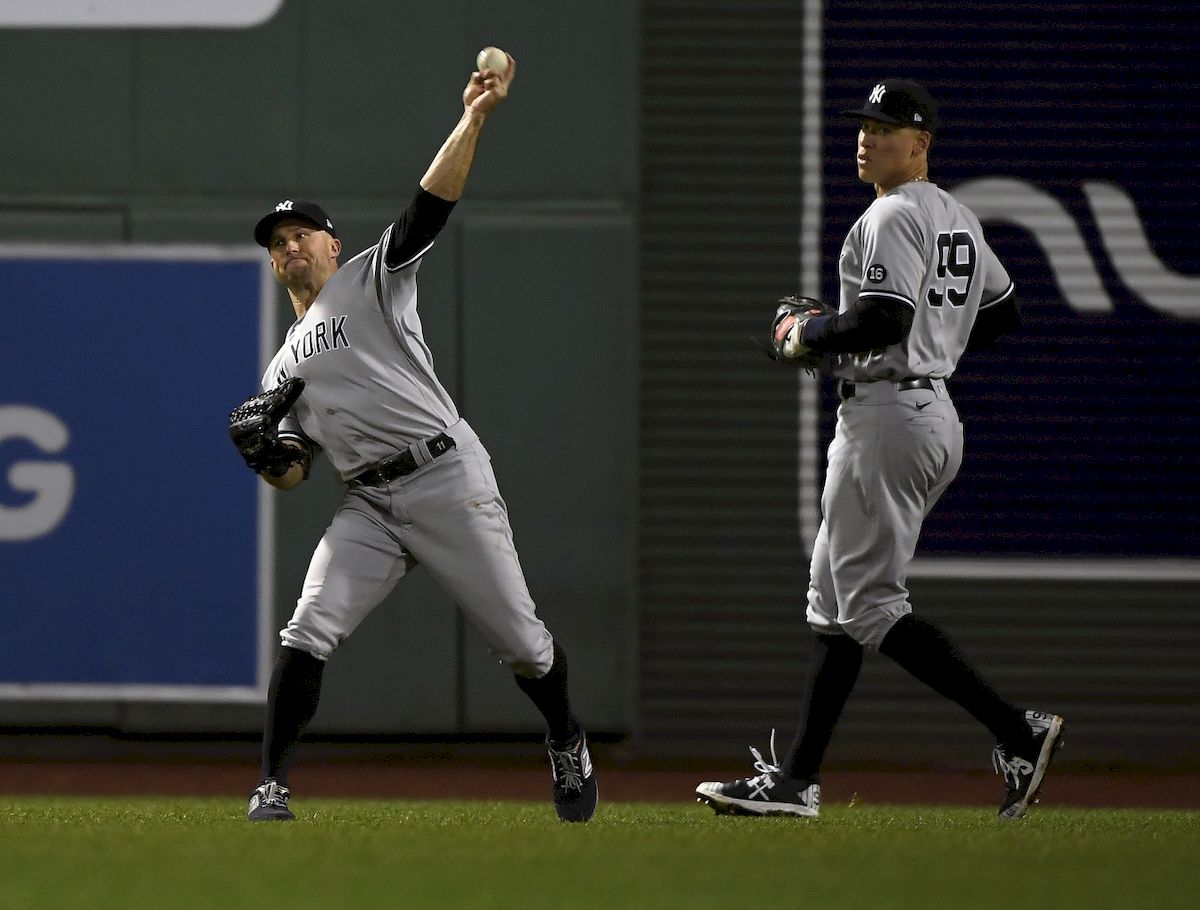
Baseball collectors still chat about Brett Gardner‘s footwear rebellion. The Yankees outfielder coughed up $5,000 for breaking MLB’s shoe color policy. His cleats lacked the required 51% of team primary color—a rule so specific it would make a paint mixer proud.
MLB enforces uniform policies with the precision of a master chef following a Michelin-starred recipe. Players must wear identical color, trim, and style of team-issued gear. Gardner later shrugged, “It seems trivial, but I understand they’re trying to keep things consistent.” (Translation: rules are rules, even when they’re ridiculous.)
6. Adam Jones’ Jackie Robinson Day Cleats (2017)
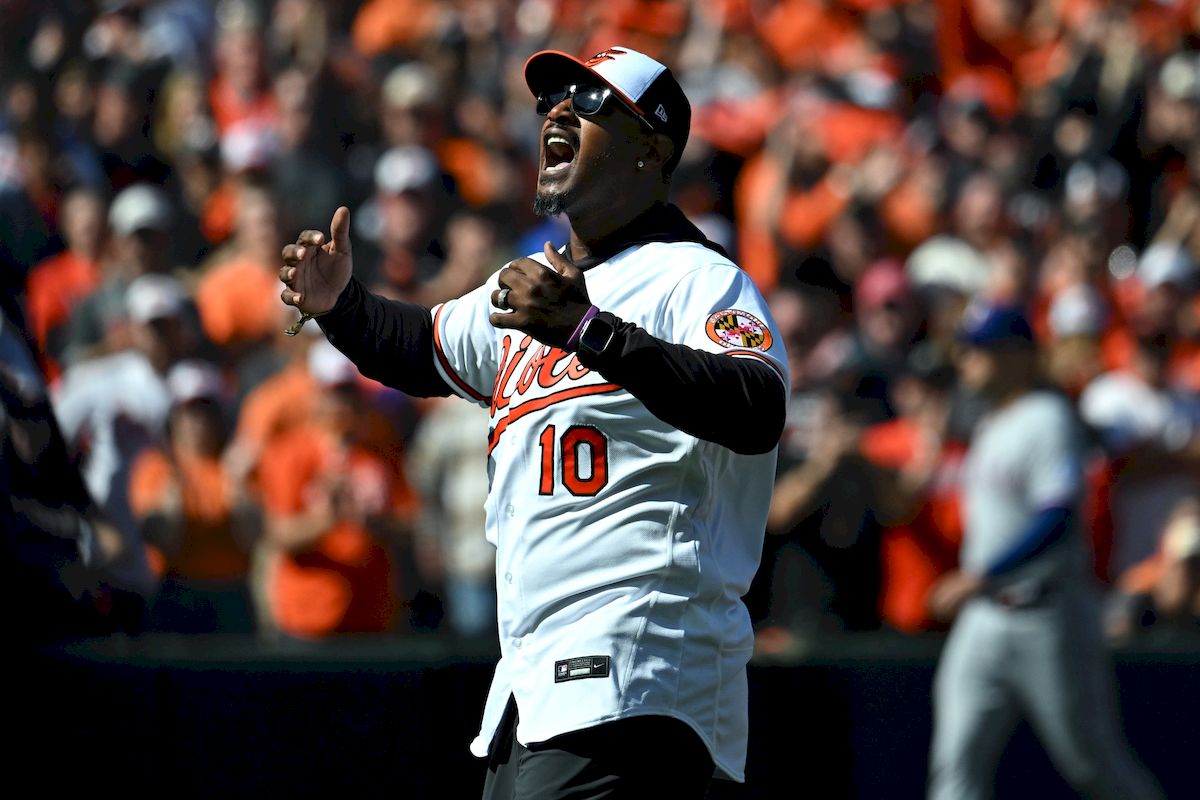
Baltimore’s Adam Jones caught heat for wearing commemorative cleats outside their designated occasion. He sported Jackie Robinson Day footwear beyond April 15. Jones simply wanted to extend his tribute beyond MLB’s arbitrary 24-hour window.
“I wanted to honor Jackie for more than just one day,” Jones explained after receiving the fine notice. His situation mirrored that classic “Dead Poets Society” moment—someone standing for principles despite knowing the consequences.
MLB’s footwear rules read like a legal document nobody actually finished reading: safe spikes, limited sole thickness, no external attachments, and designs adhering to “good taste.” Jones’ case inspired #ExtendJackieDay on social media, proving that fans often have more sense than rulebooks.
5. Sean Doolittle’s LGBTQ+ Pride Cleats (2018)
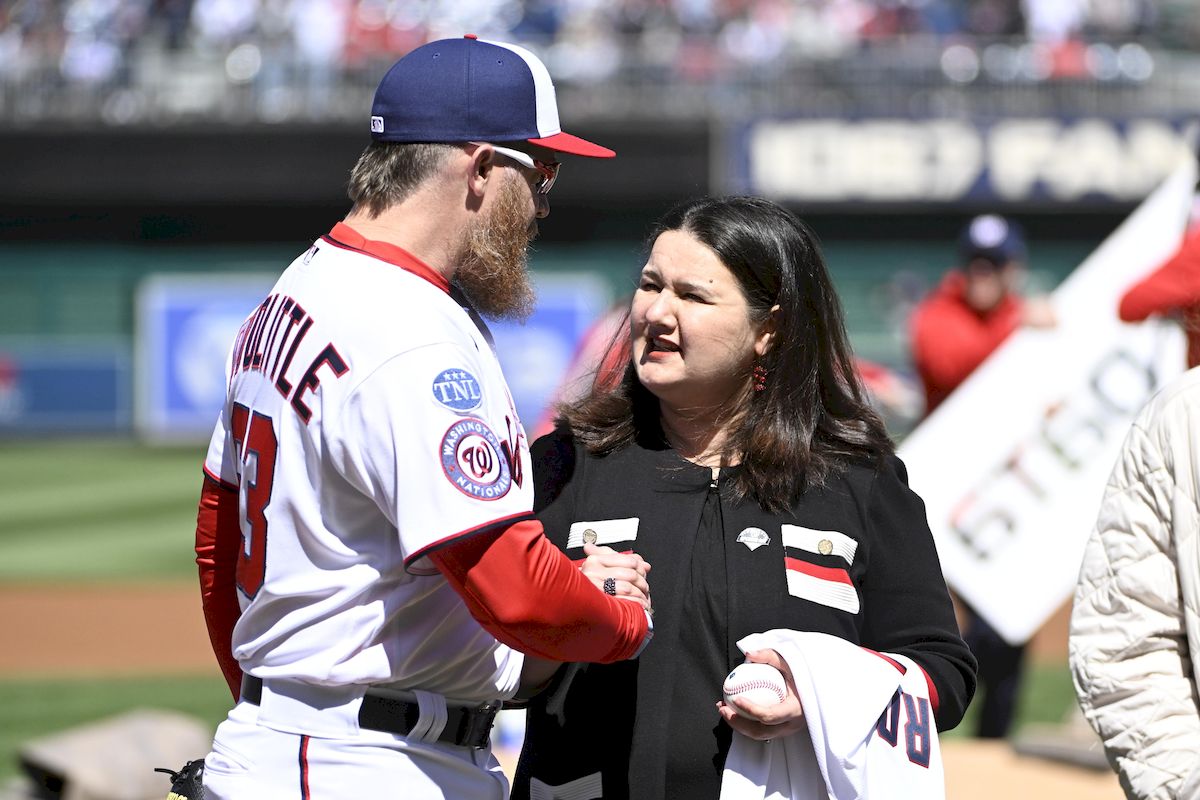
Sean Doolittle’s attempt to wear LGBTQ+ Pride cleats showed how even wholesome support can trigger controversy. The relief pitcher customized cleats with the Pride flag during Pride Month—hardly revolutionary stuff in 2018.
MLB denied his request, citing a rule change that eliminated previous loopholes. Their relationship with player expression works like dating someone who won’t introduce you to their friends—there’s always a reason why now isn’t the right time. Doolittle pivoted to wearing a “you me we” t-shirt during pre-game warmups.
“It’s disappointing,” Doolittle told reporters with remarkable restraint. “Sports have always been a platform for social progress.” Meanwhile, the NBA had already relaxed its footwear regulations, proving not all sports leagues treat self-expression like a four-letter word.
4. Ben Zobrist’s All-Black Cleats (2018)
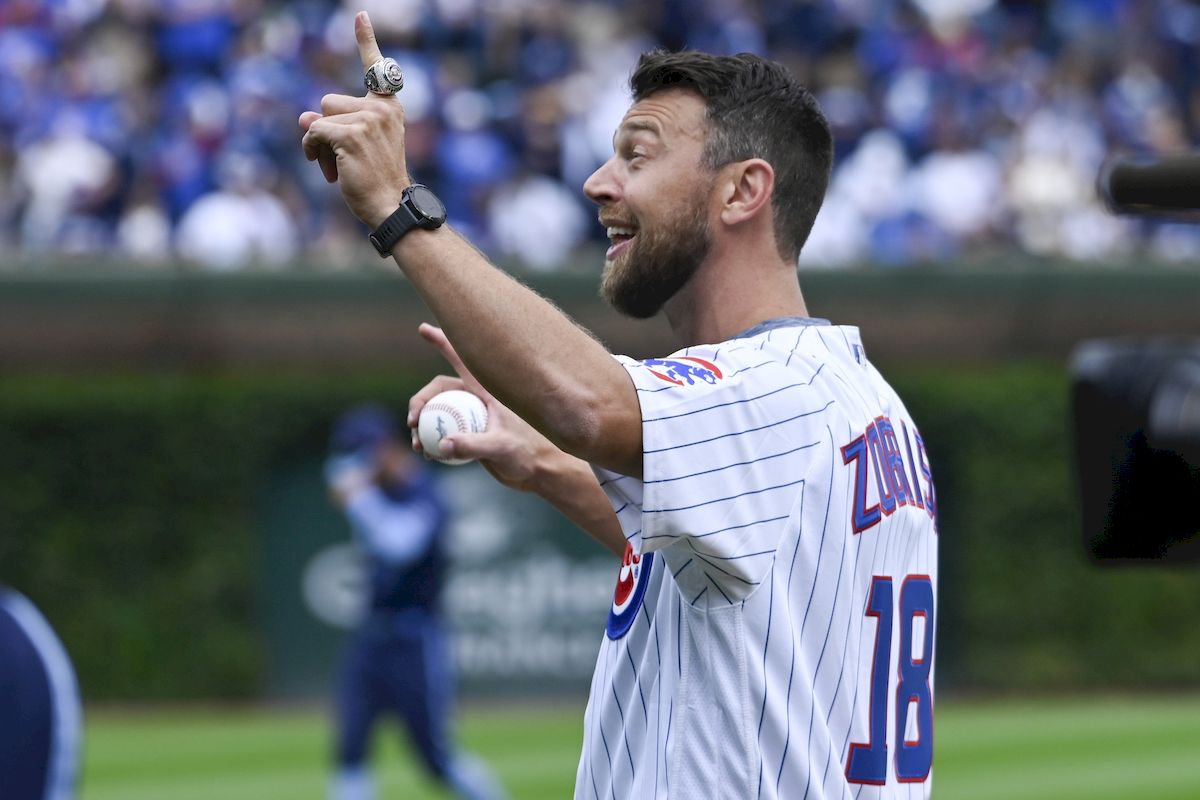
Ben Zobrist faced a fine for wearing all-black cleats that violated MLB’s color requirements. The guidelines demand cleats have either a white base with colored accents or vice versa. Apparently, solid colors threaten the very fabric of baseball society.
Nike, Zobrist’s long-time sponsor, designed these special cleats. Yet even manufacturing giants can’t overpower MLB’s uniform standards. When faced with the fine, Zobrist took to social media with the politeness of someone who just got served the wrong meal but doesn’t want to bother the waiter.
Fines for uniform violations range from $2,000 to $10,000 per incident. For rookies earning league minimum, that’s serious cash. For veterans? Probably less than their post-game dinner tab.
3. Yasiel Puig’s Vin Scully Inspired Cleats (2018)
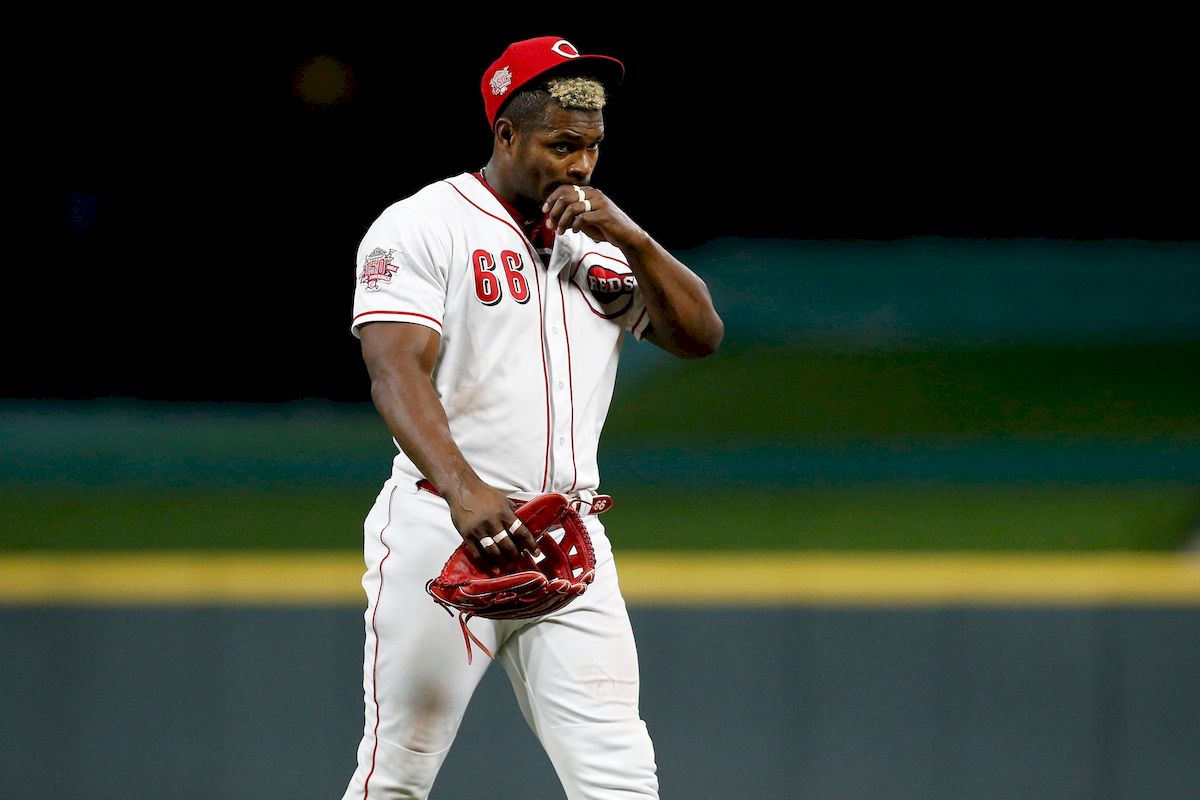
Yasiel Puig received a fine for wearing red and blue cleats honoring legendary broadcaster Vin Scully. His footwear featured Scully’s face with the phrase “Vin for the win”—a tribute even the strictest baseball purist could appreciate.
MLB’s cleat rules function like those unspoken video game boundaries—you think you have freedom until you hit the invisible wall. Fluorescent colors, words, and symbols must conform to team designs or stay off entirely. No exceptions, even for celebrating a 67-year broadcasting legend.
“I just wanted to honor Vin’s legacy,” Puig explained, probably wondering how this could possibly offend anyone. Fans rallied behind him, questioning why celebrating one of baseball’s beloved figures warranted punishment. MLB remained unmoved, staying true to its “rules are rules” philosophy.
2. Mike Clevenger’s Floral Printed Cleats (2019)
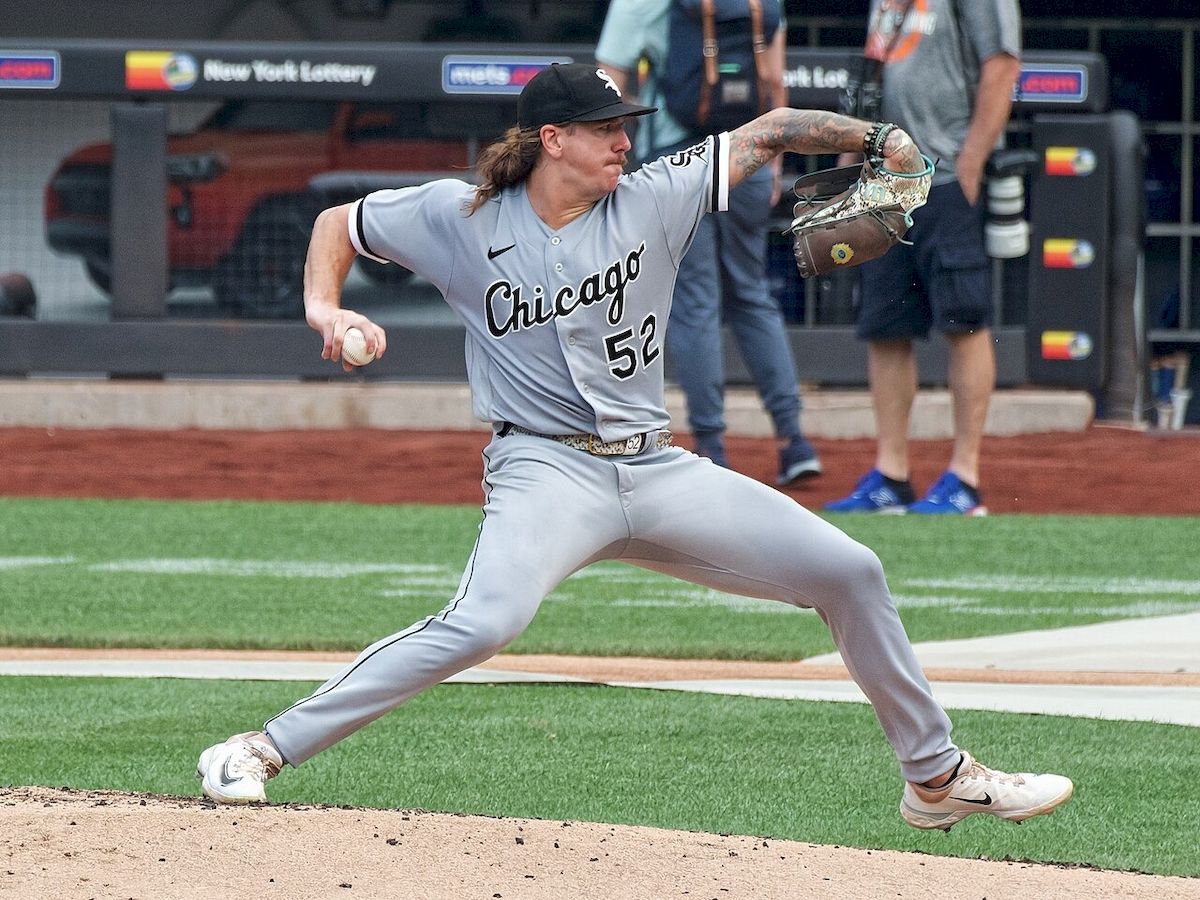
San Diego’s Mike Clevenger paid $1,000 for wearing floral printed cleats against Milwaukee. MLB officials claimed the bright sunflower design might distract batters. Yes, professional hitters who can track 100-mph fastballs might lose focus over… flowers.
Clevenger explained that the sunflowers symbolized his daughter and family. “Those cleats have special meaning to me,” he told reporters after the game. His experience shows how MLB restrictions extend beyond political statements to include even the most innocent personal expressions.
At a minor league game that same season, players wore custom cleats honoring their hometown heroes without consequence. The contrast between MLB’s approach and the minors demonstrates the peculiar reality of rule enforcement across professional baseball. Freedom of expression apparently increases as salary decreases.
1. Pete Alonso’s 9/11 Themed Cleats (2019)
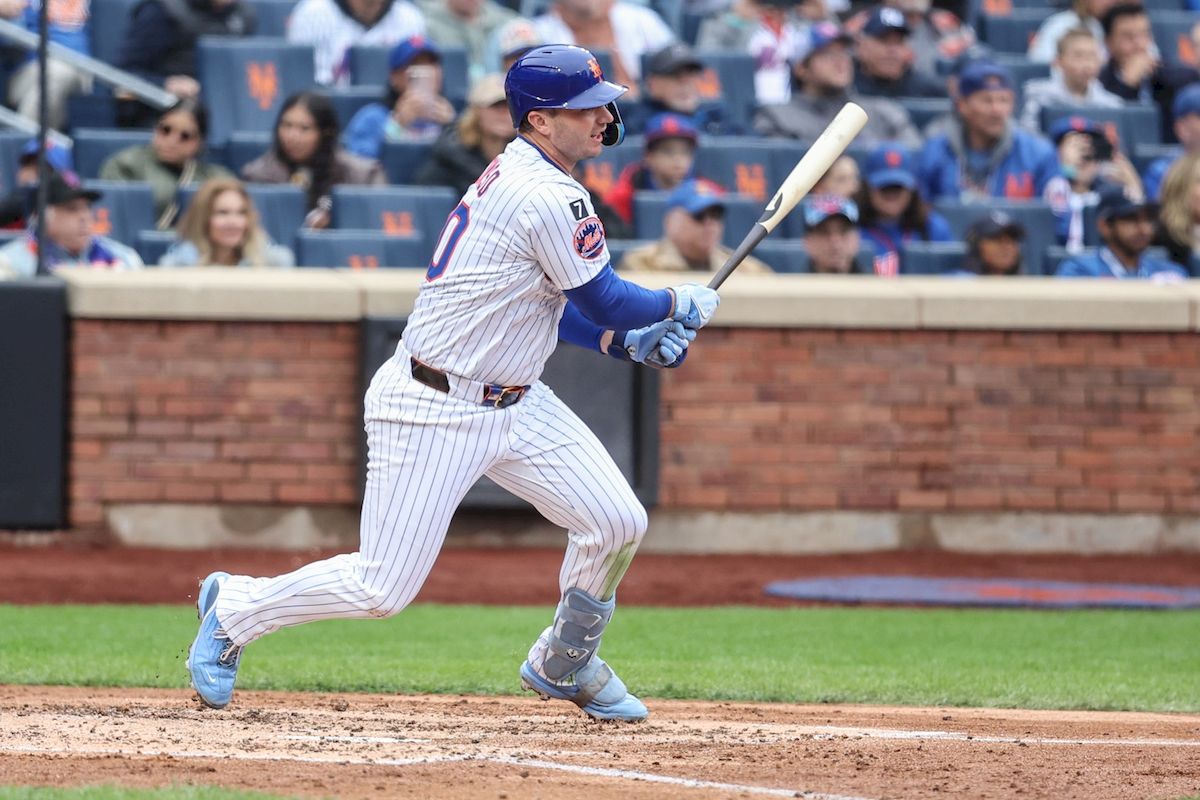
The most talked-about accessory dispute involved Pete Alonso, 2019’s Rookie of the Year. He received a $10,000 fine for giving Mets teammates 9/11 themed cleats. These shoes featured patriotic colors and phrases including “we never forgot.”
Alonso defied Commissioner Rob Manfred’s direct order against distributing the commemorative footwear. In a moment straight out of a sports movie’s third act, Alonso chose principle over compliance. “For me, it’s not about the money,” he stated. “It’s about remembering what happened.”
The incident sparked significant fan support, with #LetThemWear trending on social media. Following public backlash, MLB later amended its policy for nationally significant dates. Even the most rigid systems eventually bend when enough people point out the obvious—some rules deserve breaking.
Through these cases, MLB continues its awkward dance between maintaining team identity and allowing personal expression. As player advocacy grows and social media amplifies controversies, the league’s uniform regulations remain as evolving as baseball itself. Maybe someday they’ll realize personality doesn’t threaten the game—it enhances it.

